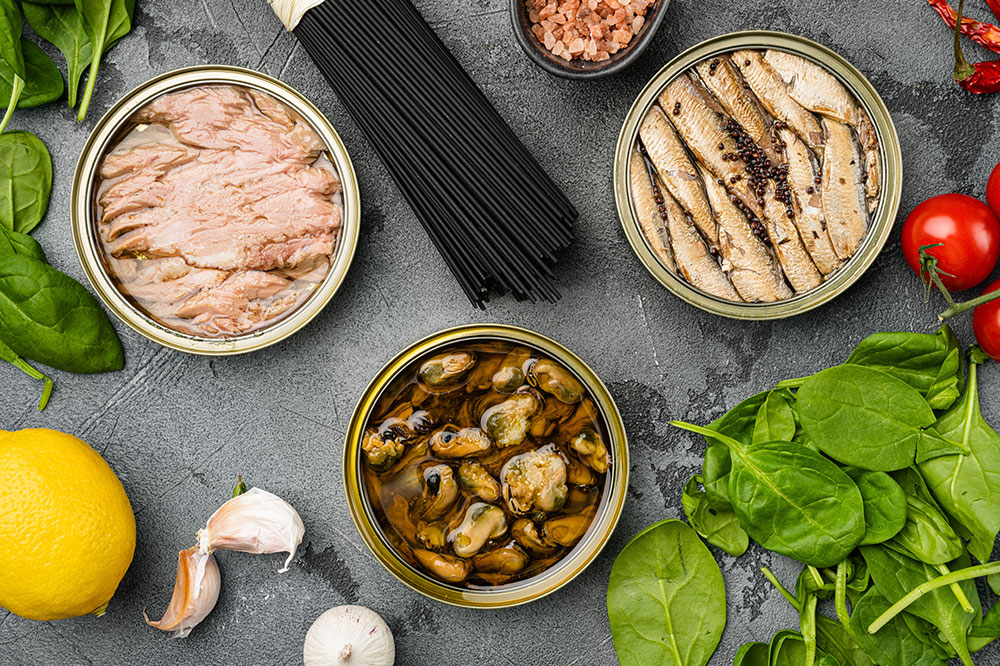Understanding Obsessive-Compulsive Disorder and Its Management

Obsessive-compulsive disorder (OCD) affects about 2–3% of people in the country and is more common in women than in men. It is a psychological disorder in which people experience recurring and unwanted thoughts, ideas, or sensations that drive them to do something repetitively. While these thoughts may not severely disrupt one’s everyday life, people with OCD may exhibit rigid behaviors. Here are some of the key things to know about the disorder:
Signs
People with the disorder experience “obsessions” and “compulsions”.
Obsessions: These are repetitive thought processes that can cause anxiety and fear. For example, the fear of contamination due to germs is a common obsession for people with OCD that pushes them to act (using compulsions). These thoughts have no logical reasoning, and often, people with OCD understand the irrationality.
Compulsions: These are overt or covert repetitive behaviors that drive one to respond to an obsession. Here, the obsessive thought of contamination could push the person to give in to compulsions like excessive cleaning, sanitizing, or hand washing.
If the person shows repeated obsessions and compulsions, it could be an obsessive-compulsive disorder sign.
Causes
While the exact cause of OCD is not yet known, experts suggest that a family history of the condition plays a crucial role. In addition, impairment in some brain regions is a risk factor. Recent studies have indicated that how the brain responds to serotonin could also play a crucial role in understanding obsessive-compulsive disorder causes. Serotonin is a neurotransmitter that helps regulate mood and sleep, among other functions.
Diagnosis
Only a trained healthcare expert can offer a precise obsessive-compulsive disorder diagnosis. As the condition can develop during childhood and its signs go unnoticed, many people live with OCD without knowing it exists. Getting a diagnosis consists of a lengthy Q&A session, which includes considerations like:
What does one’s routine day or week look like?
How much time do obsessive thoughts take up each day?
How are they acted upon or suppressed? How long does this take?
Does the person believe they have OCD? How do they feel about it?
The patient’s detailed family history
How do one’s obsessions and compulsions affect their relationships?
Learning about existing health conditions and treatment
Based on the answers, the expert offers a diagnosis and treatment plan.
Treatment
Obsessive-compulsive disorder treatment can help improve one’s functioning and quality of life. The popular options are:
Cognitive behavioral therapy: The type of CBT recommended for OCD patients is exposure and response prevention. Here, the person is deprived of performing their ritualistic behavior by learning that nothing terrible happens when they do not act on their fearful thoughts. The objective is to show that these obsessions are mere thoughts. One has to focus on their obsessions, but they are encouraged not to perform compulsive behavior. To administer CBT, trained therapists develop an exposure plan based on the person’s anxiety levels and gradually move from low to high anxiety situations.
Prescription options: These options may be recommended for those with severe symptoms and can take about 10–12 weeks to show results.
Remedies
A few remedies and lifestyle changes that could help one manage obsessive-compulsive disorder are:
Food choices: Improper nutrition can also worsen OCD, and experts suggest that a lack of vitamins, minerals, and omega-3 fatty acids leads to several mental disorders. Balanced nutrition can be one of the simple obsessive-compulsive disorder remedies. An ideal meal plan should include vitamin D found in salmon, canned tuna, sardines, egg yolk, mushrooms, and cow milk; magnesium found in nuts, green leafy vegetables, and whole grains; zinc found in sesame, pumpkin seeds, crab, and oysters; vitamin B12 derived from sources like egg yolks, tofu, and cheese; omega-3 fatty acids found in flax seeds, chia seeds, and Brussels sprouts.
Mindfulness training: This technique prioritizes reflecting (inwards) on obsessive thoughts and becoming aware of feelings and urges. This awareness helps one control undesirable and repetitive behavior. Mindfulness-based meditation has been practiced for centuries and is a simple yet free remedy one should consider.



